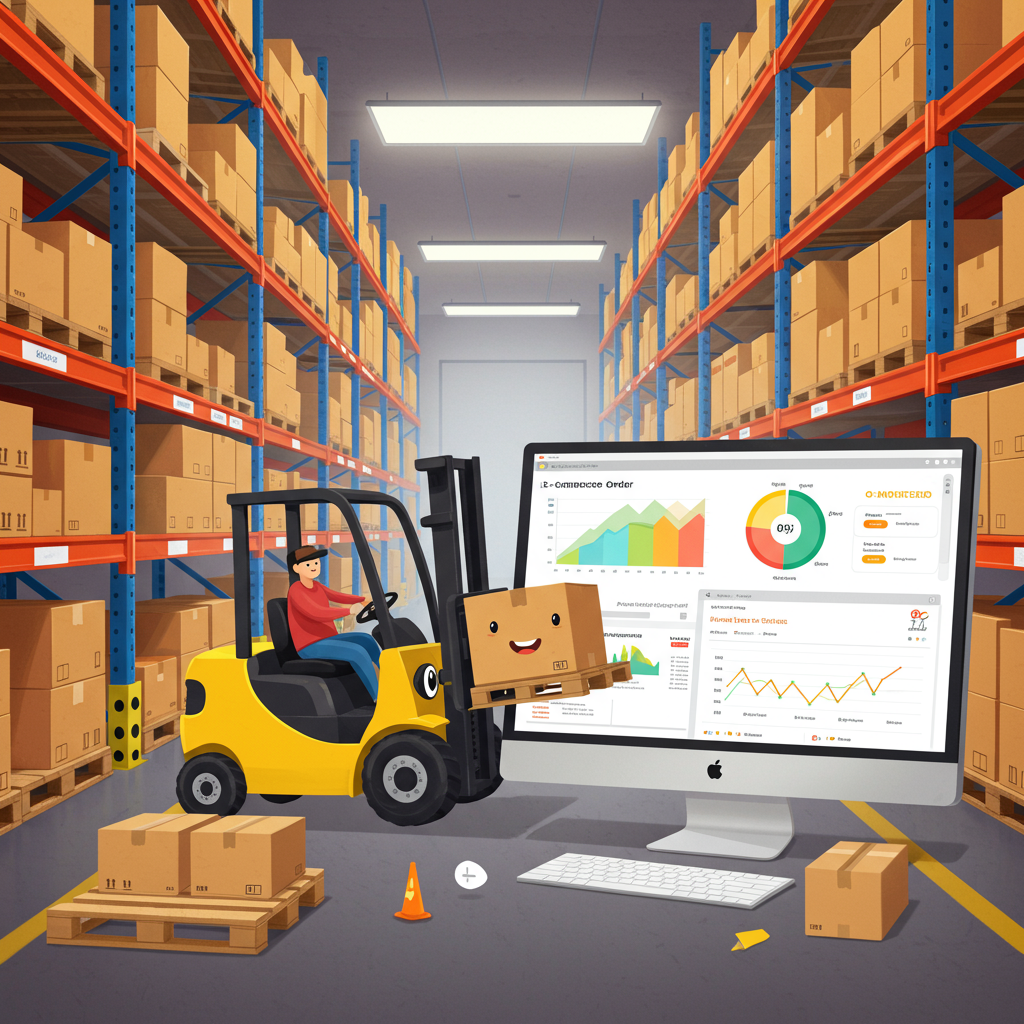How to Choose the Best Third-Party Logistics Partner for Your Growing E-commerce Business
As a Shopify merchant, I know firsthand the excitement and challenges of growing an online business.
One of the biggest hurdles we often face, especially as orders start pouring in, is managing fulfillment.
Suddenly, our spare room or garage isn’t cutting it anymore for inventory, packing, and shipping.
That’s where a Third-Party Logistics (3PL) provider comes into play, and I’m here to share my insights on finding the best one for your Shopify store.
So, what exactly is a 3PL? In simple terms, it’s a company that provides outsourced logistics services for businesses.
This typically includes warehousing, inventory management, order fulfillment (picking, packing, shipping), and sometimes even returns processing.
For Shopify store owners like us, partnering with a 3PL can be a game-changer, freeing up valuable time and resources.
I’ve seen how it allows us to focus on what we do best: marketing, product development, and customer engagement.
The benefits are numerous. First, there’s scalability. As your sales fluctuate, a 3PL can easily scale up or down to meet demand without you needing to hire more staff or rent larger spaces.
Then there are the cost savings. 3PLs often have preferential shipping rates due to their high volume, which they can pass on to you.
They also eliminate the need for you to invest in warehouse space, equipment, and a dedicated fulfillment team.
Another huge advantage is expertise. These companies specialize in logistics; they know the most efficient ways to store, pick, pack, and ship products.
This often translates to faster shipping times and fewer errors, leading to happier customers.
Global reach is also a significant factor. Many 3PLs have multiple fulfillment centers across different regions or even countries.
This allows you to store inventory closer to your customers, reducing transit times and shipping costs, especially for international orders.
So, when should you consider bringing a 3PL into your Shopify operation? I’d say it’s when fulfillment starts to feel like a bottleneck.
Perhaps you’re spending more time packing boxes than strategizing, or your inventory management is becoming a nightmare.
If you’re consistently shipping more than 10-20 orders a day, or if you’re planning a major growth spurt, it’s definitely time to explore your options.
Now, choosing the right 3PL isn’t a decision to take lightly. I’ve learned that there are several critical factors to evaluate.
The absolute first thing to check is their integration with Shopify. A seamless connection means orders flow automatically from your store to their system.
This ensures real-time inventory updates and tracking information for your customers, which is incredibly important for transparency.
Next, consider their fulfillment center locations. Do they have warehouses strategically placed to serve your primary customer base efficiently?
This impacts both shipping speed and cost, so it’s worth mapping out your customer distribution.
Pricing structure is another key area. Ask for a clear breakdown of all costs: storage fees, pick and pack fees, shipping costs, and any additional charges for kitting or returns.
I always recommend looking for transparency and scalability in their pricing model.
What services do they offer beyond basic fulfillment? Some 3PLs provide kitting, custom packaging, subscription box fulfillment, or even Amazon FBA prep.
Think about your current and future needs. Do you require specialized handling for fragile items, or perhaps cold storage?
Their technology and software capabilities are also paramount. A robust Warehouse Management System (WMS) provides visibility into your inventory and order status.
Look for features like analytics, reporting, and a user-friendly client portal.
Customer service and communication are vital. You’ll be entrusting a significant part of your business to them, so responsive and clear communication is non-negotiable.
I always try to gauge their support during the initial conversations.
Don’t forget to check their reputation and read reviews from other e-commerce businesses, especially those using Shopify.
Scalability, as I mentioned earlier, is crucial. Can they handle your peak season volumes? Can they grow with you as your business expands?
Finally, consider if they have any specialization that aligns with your products. Some 3PLs excel with apparel, others with electronics, or even oversized items.
While I won’t name specific ‘best’ 3PLs, as the ideal choice is unique to each business, I can tell you about types of providers.
Some are tech-forward, offering advanced dashboards and integrations, often with a distributed network of warehouses.
Others might be smaller, more boutique operations that offer a highly personalized service, perhaps specializing in a niche.
There are also those focused purely on speed, guaranteeing rapid delivery times, which can be a huge competitive advantage.
The onboarding process itself is something to prepare for. It typically involves integrating your Shopify store, syncing inventory, and shipping your products to their warehouse.
It’s a collaborative effort, and a good 3PL will guide you through each step.
I’ve learned that avoiding common pitfalls is just as important as choosing the right partner.
Lack of clear communication can lead to errors and frustration, so establish expectations early.
Be wary of hidden fees; always get a comprehensive quote and understand every line item.
And ensure the Shopify integration is thoroughly tested before going live.
In conclusion, outsourcing your fulfillment to a 3PL can be one of the smartest moves you make for your Shopify store’s growth.
It allows you to reclaim your time, reduce operational costs, and provide a superior customer experience.
By carefully evaluating your needs and thoroughly vetting potential partners, you can find a 3PL that truly becomes an extension of your team.
I hope my insights have been helpful in navigating this important decision.
What do you think about this article? I’d love to hear your thoughts or experiences with 3PLs!






